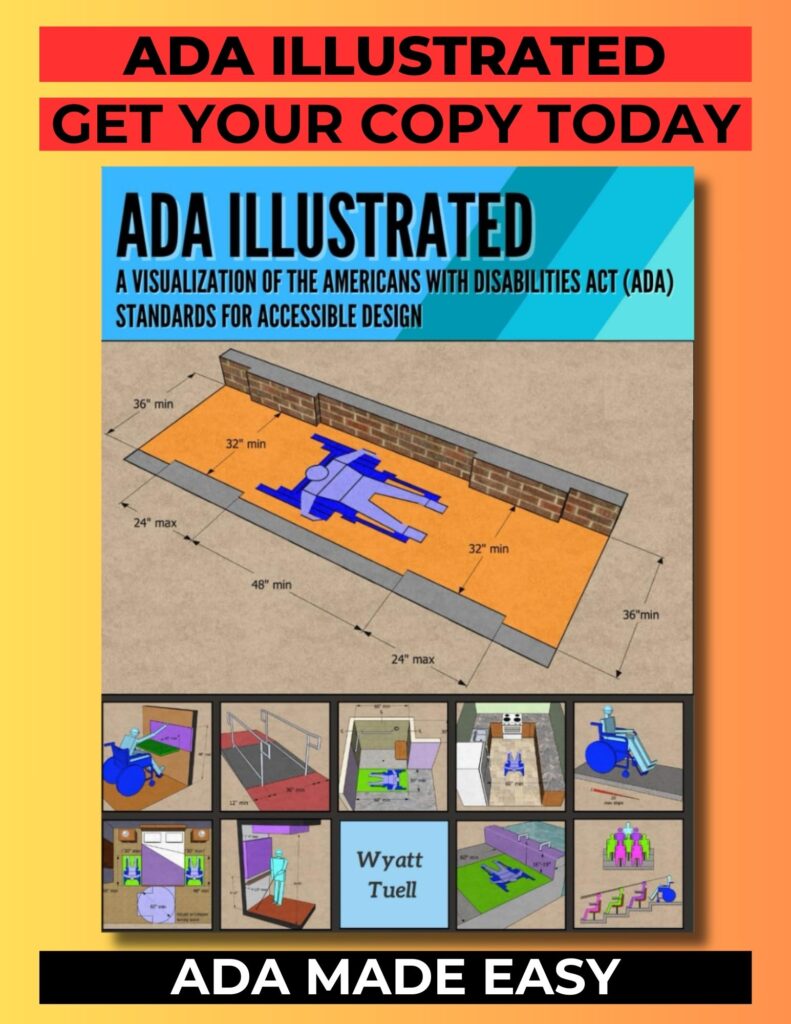Prosthetic Knee Joint with Friction Brake
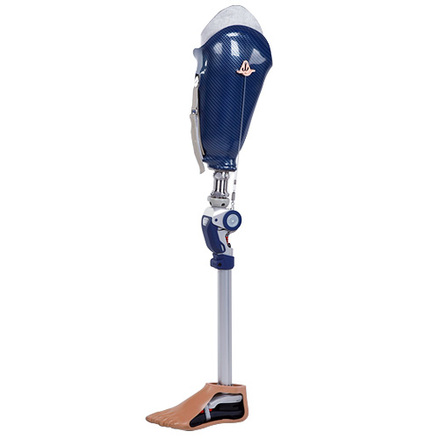
When it comes to leg function, nothing may be more important and fragile than the knee. As an avid sports fan I’m well aware of how easily and often a knee can damaged. In cases of knee replacement with a leg prosthetic, getting natural knee motion and function is no easy feat. The 3R93 knee joint by Ottobock comes very close. Their prosthetic knee joint has an optional friction joint that mimics a natural bending and bracing motion.
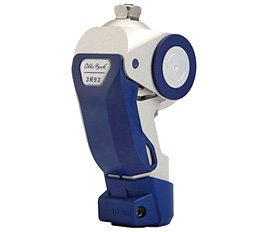
Locking In
When in the locked setting, the joint remains in a straight position. When sitting down, a pull cable releases the lock and allows the knee to bend. The knee locks back into place when straightened out. For people that are new to using a prosthesis, the locked position is recommended as a person adjusts to using a prosthesis.
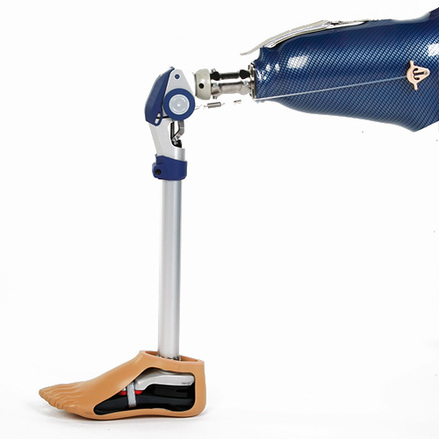
Good Friction
In friction brake mode, the knee joint brakes when a certain amount of weight is applied when bent. When the leg is lifted, the brake releases and the lower leg springs forward and straightens out. These motion and brake combinations create a more natural knee function when walking.
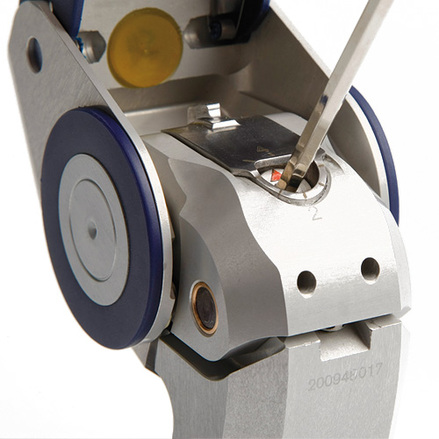
Knee Customization
Switching from locking mode to friction mode can easily done by the user. To go from locking to friction, the user first releases the brake via the pull cable. Then the users turns a screw until it keeps the pull cable in the open position. Done. To adjust the amount of weight needed to activate the friction brake, the user turns another screw underneath the “knee cap”. Weight capacity is up to 275lbs. Another adjustment is the spring at the back of the knee which controls the force at which the lower leg springs forward.

Conclusion
Lower leg prosthesis users that need and want the function of a knee when walking could find the Ottobock 3R93 very useful. Functional, easy to use, and easy to customize. For more on the 3R93 and Ottobock’s other products, visit www.ottobockus.com.
